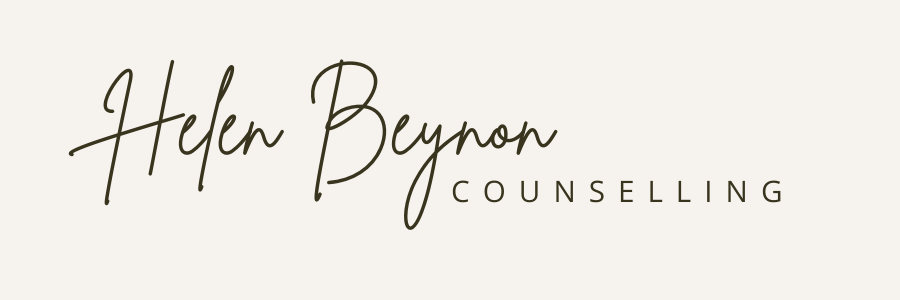Finding your authentic ‘Self’
The writing group I am a part of starts each of our poems with ‘I am…’
I am this, or that…embodiment of a concept, a way of being. Of bringing to life our internal landscapes and the environments we inhabit. We are verbs – growing, expanding, contracting, exploring. I find it often helps me to solidify a sense of who I am, or a part of me, as it makes itself known in this moment.
So many of us are trying to figure out who we are, or how to get to a version of ourselves we once knew, or haven’t met yet but believe in. I often remind clients, and myself, that who we are isn’t necessarily about the external labels and identifiers we use in the world, or that others use for us. It’s not only about achievements or activities (though it can include those). A sense of ‘Self’ is about the qualities we embody that transcend shifting external landscapes, pitfalls, etc.
The concept of Self exists in many religious or spiritual traditions. It embodies two themes simultaneously: witness at the center of our experience, and the flow state of being in connection with something greater. If you’ve ever tried mindfulness meditation, Self is that open presence where you are able to notice your experience – thoughts, feelings, sensations, etc. “Quakers call it the Inner Light, Buddhists call it rigpa, Hindus call it Atman or the Self” (Schwartz and Sweezy, 2020).
In Internal Family Systems, the concept of Self refers to that “seat of consciousness” – that place from which we can observe all the different parts of ourselves. In this case, Self isn’t just a passive observer – it is a compassionate and caring witness who can help all of our internal parts to find more ease our systems. Self becomes the driver of the bus, while our well-meaning parts can relax and allow for more flow and ease to occur in our experience.
Self-energy is there from the moment you are born to the time you die. We all have it. We just tend to lose access to it over the course of our lives – we are wounded, we develop protective parts and patterns (like anxiety, people pleasing, perfectionism, self-criticism, etc.), and Self becomes occluded behind these blended parts. As we start to work with the different parts of ourselves, the patterns of protection, it’s like clouds in the sky parting: we see the blue that was always there behind them.
According to Schwartz and Sweezy (2020) there are 8 primary qualities of Self (the 8 C’s) that resource us and help us to heal.
· Compassion
· Curiosity
· Calm
· Confidence
· Connectedness
· Clarity
· Courage
· Creativity
Clients may come in looking to develop these exact qualities, or achieve goals that will require these qualities in the process. I tell them it’s not necessarily about having to cultivate, train, or force these qualities – they are already there, waiting to be unburied and brought to light.
Self and the Nervous System
As a nervous system nerd, I’m intrigued by the possibility of finding Self in our physiology.
If we look through the polyvagal theory lens, Self seems to mostly inhabit our ‘ventral vagal’ state, our ‘green zone’ of calm and curiosity. We feel at ease, open to connecting with others and the world around us. Depending on the nature or resources of Self that we are accessing, there may be flavors of other nervous system states: perhaps a touch of sympathetic activation if we are feeling creative or courageous. Or perhaps a hint of low-tone dorsal vagal if we’re feeling really calm and at ease. What this looks and feels like in your system will depend on your unique physiology, relational and trauma history.
In Somatic Experiencing, one of my favorite ways of establishing a baseline for a ventral vagal state is to consider the question “when is a time recently when you felt the most like yourself?”. Since I’m using an IFS lens too, in my mind this question sounds like “most like your Self”. When was there a greater sense of ease, or less pain, anxiety, stress or distress? Once we’ve found a memory of this feeling, we connect to it using all your senses. What did you see in that moment? Hear? Smell? Taste? Touch? Feel? And as you reconnect to it now, what happens in your body, in your present experience?
With some practice, this will help you to tune into that sense of Self we’re looking for – that open, embodied consciousness that can help you to begin healing.
I am this body,
Cells turning over
Memories melting into tissues
Held gently
I am this mind,
Pathways diverging
Stories repeated
I am this heart,
Open wide to warmth
Behind the layers of armoring
Schwartz, R and Sweezy, M. (2020). Internal Family Systems Therapy. 2nd Ed. The Guilford Press, NY.
